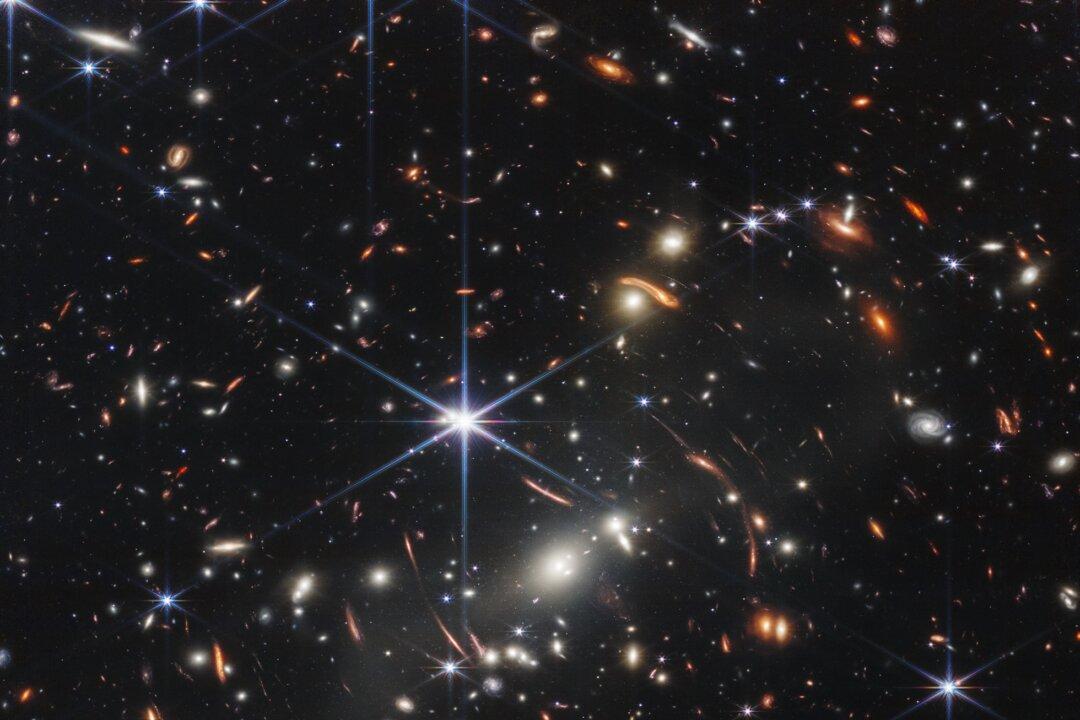NASA chief Bill Nelson and U.S. President Joe Biden on Monday released the first image from the new James Webb Space Telescope showing a cluster of thousands of galaxies known as SMACS 0723 in “overflowing detail” as they existed billions years ago.
“This is the oldest documented light in the history of the universe from 13 billion—let me say that again, 13 billion—years ago,” Biden said.





